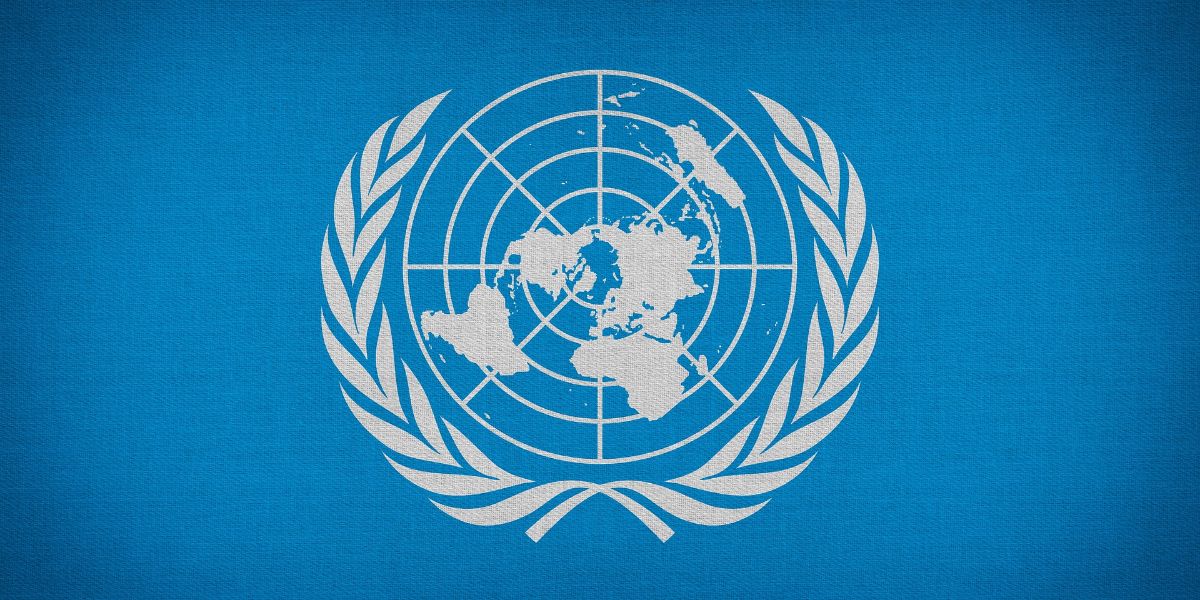In its virtual meetings from 19 to 27 October 2021 the UN Tax Committee is considering aspects of transfer pricing. Among topics that could be pursued further are practical risk assessment tools, transfer pricing aspects of marketing or trading hubs and simplification measures. The Committee will also need to consider the progress made on the OECD’s BEPS 2.0 project and look at the proposed new taxing rights and safe harbours.
In 2021, the third edition of the UN Practical Manual on Transfer Pricing was published. The third edition introduced a new chapter on financial transactions and more detail on profit splits, centralized procurement functions and comparability.
Guidance on transfer pricing issues for the extractive industries is included in the Handbook on Selected Issues for Taxation of the Extractive Industries by Developing Countries. Similar sector-specific guidance could be developed for transfer pricing issues in the real estate sector or in industries engaged in project development.
Toolkits
The Committee could consider developing practical toolkits, for example in the area of risk assessments. Practical tools could be developed for use in capacity building programmes. Further work on centralized sales functions and on marketing and sales hubs would be valuable as there is potential for base erosion and profit shifting in these areas.
Transfer Pricing Analysis
As value chains increase in complexity, the function and risk analysis could be extended to a function, risk and market analysis, to identify “location-specific advantages”, which are relevant for developing countries. This would involve a systematic review of location specific advantages and how to reflect the position in a function, risk and market analysis. The application of transfer pricing methods in this context could also be considered.
New Instruments
Transfer pricing guidance may be necessary in relation to new developments such as crypto-denominated loans or crypto-backed loans, or the treatment of Co2 certificates for transfer pricing purposes.
Transfer Pricing Manual
The third edition of the Manual introduced a dedicated chapter on financing activities, focusing on loans and guarantees. The Committee could decide to expand the chapter to capture more financing instruments. The issue of pricing of minerals could be broadened to cover other commodities such as in the agricultural and farming sector. Part D, outlining several country practices, could be further expanded.
BEPS 2.0
The Committee will monitor the discussions and outcome of Pillar One of the BEPS 2.0 project. Many UN Members are not currently members of the Inclusive Framework, so even if consensus is achieved in that body there will be a need for further consideration within the UN.
If the proposals in relation to Amount A for reallocation of global residual profits by the largest multinationals are implemented, this could represent a deviation from the arm’s length principle that needs to be explained. Any simplification measures, such as the proposed safe harbours in relation to marketing and distribution profits, will need to be considered in relation to their potential for wider spill-over effects on transfer pricing matters. The proposed changes to dispute prevention and resolution will also need to be monitored for their potential effect on current arrangements in each country.













